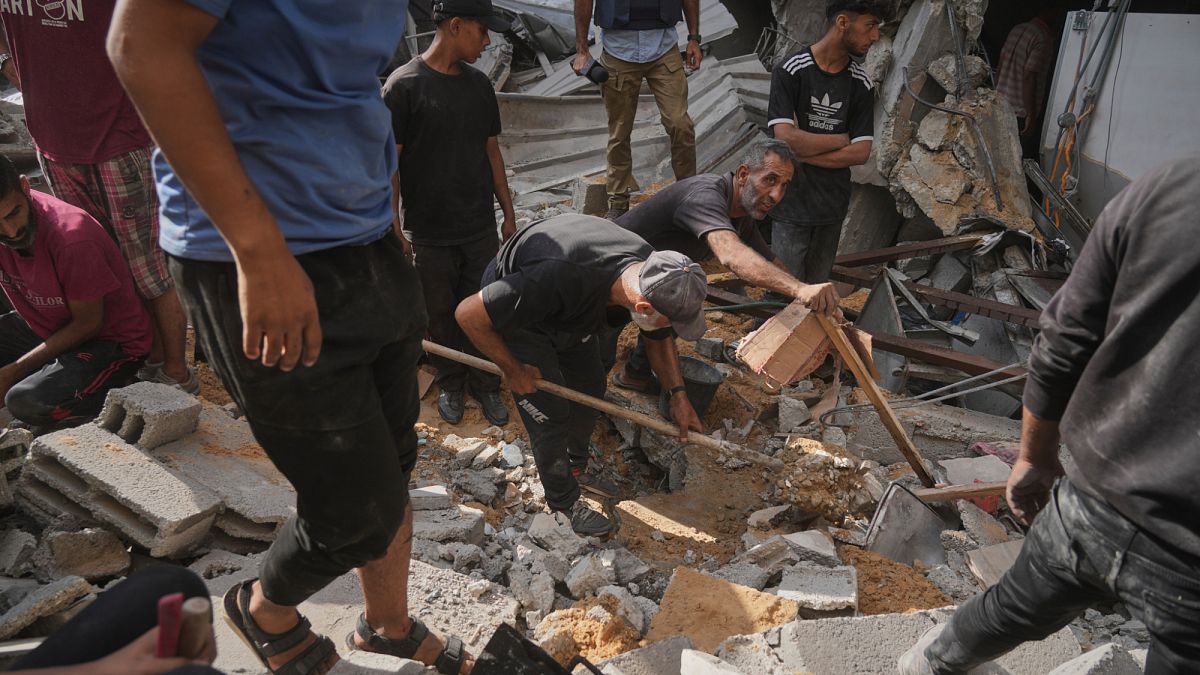

In a series of intense developments across the Middle East, recent hostilities have seen airstrikes and local clashes resulting in significant casualties and disruption. This escalation of violence has drawn international attention and underscores the ongoing complexities and volatility in the region.
In Gaza City, the early hours of Tuesday marked a period of heavy airstrikes by Israeli forces. These strikes have reportedly led to considerable destruction across several neighborhoods. The impact has been deeply felt, with scenes of mourning becoming a somber backdrop at local hospitals as families grapple with loss and damage. The precise motivations for these strikes remain a part of the broader, ongoing military engagements that have characterized the region for decades.
Simultaneously, southern Syria has been a focal point of both sectarian violence and external military intervention. In the province of Sweida, clashes have erupted between Druze communities and Sunni Bedouins. These tit-for-tat conflicts have exacerbated already existing tensions, making the region a flashpoint for broader hostilities. It has been reported that the violence was catalyzed by a series of retaliatory kidnappings, reflecting deeper ethnic and political divides.
This domestic unrest in Syria has not gone unnoticed by neighboring Israel, which has launched airstrikes targeting both governmental forces in Syria and reported Hezbollah positions in Lebanon. The strikes in Syria struck at forces loyal to the country’s transitional government, while in Lebanon, the Bekaa Valley was particularly affected, resulting in the deaths of at least a dozen people. These actions are indicative of Israel’s stance against perceived threats near its borders, further complicating regional dynamics.
Adding to the regional unrest, Sudan saw a devastating escalation in violence as well. The paramilitary Rapid Support Forces (RSF) have been accused of deadly attacks that reportedly killed nearly 300 people in North Kordofan. These attacks, purported to target areas devoid of military objectives, are part of a broader, brutal civil conflict that erupted in April 2023. This conflict further illustrates the intricate patterns of violence affecting different areas within the region, each with its own unique triggers and implications.
The backdrop of these events is a Middle East embroiled in multifaceted struggles, where local disputes often trigger broader military responses. The intersection of sectarian tensions, anti-government uprisings, and international military interventions continue to shape the realities for those living amidst these crises. Despite the complexity and urgency of these conflicts, calls for peace and restraint frequently emerge in the hope of fostering dialogue and stability amidst adversity.
The recurring violence highlights the need for sustained international attention and intervention aimed at de-escalating tensions and prioritizing humanitarian aid to those affected. As the global community watches, the search for durable solutions persists—a testament to the enduring hope for peace and reconciliation in a troubled region.
Source: {link}
